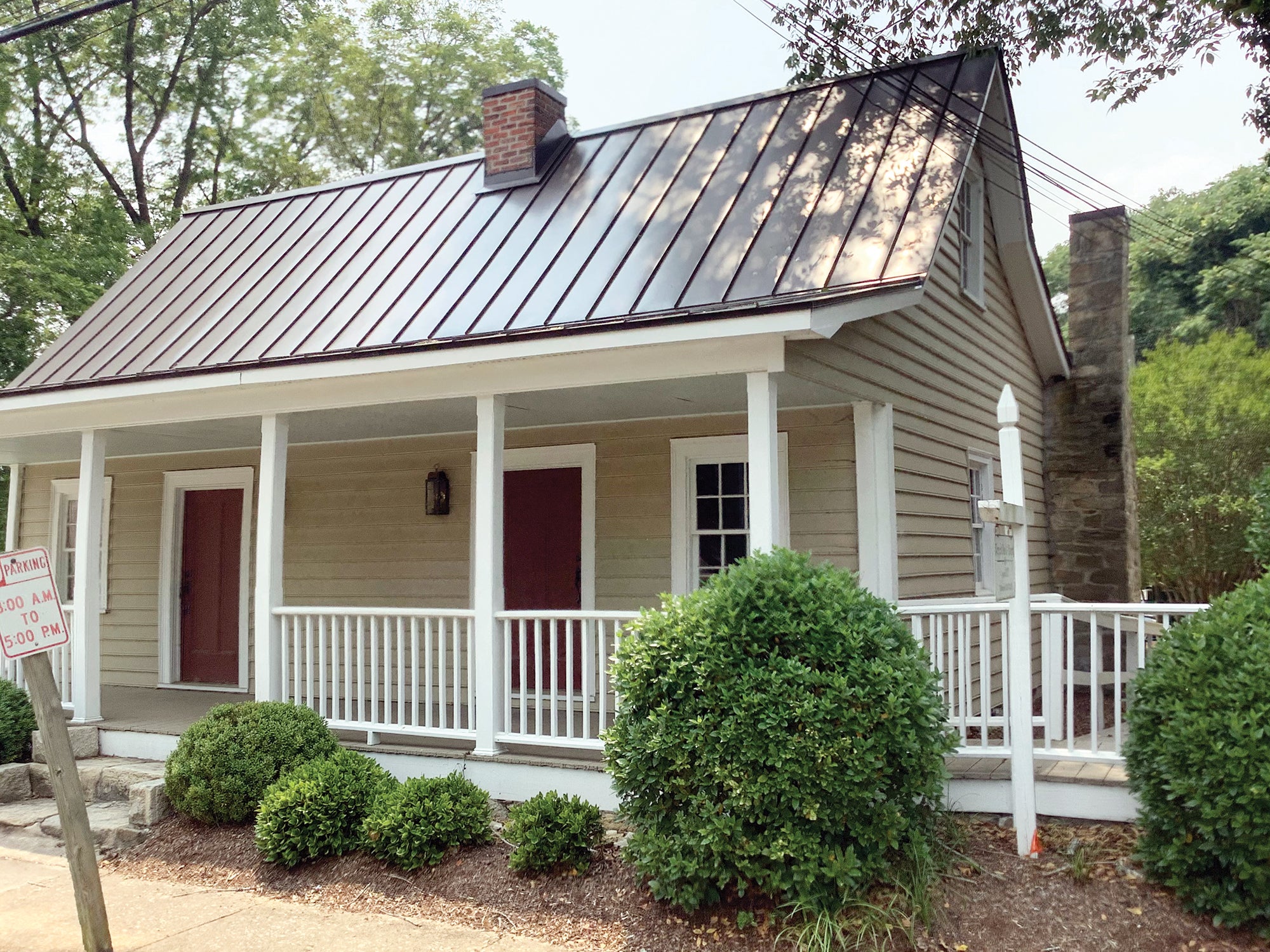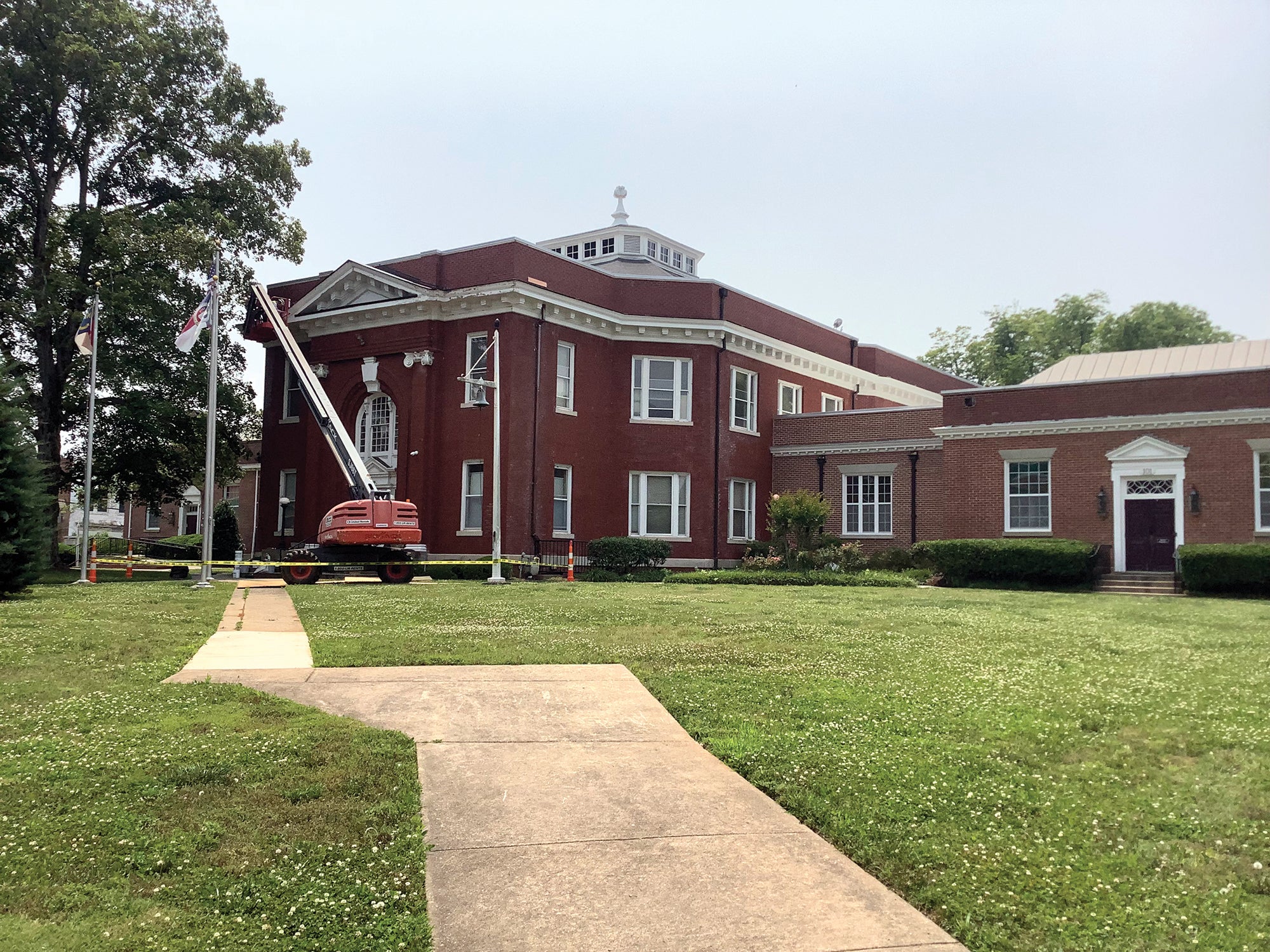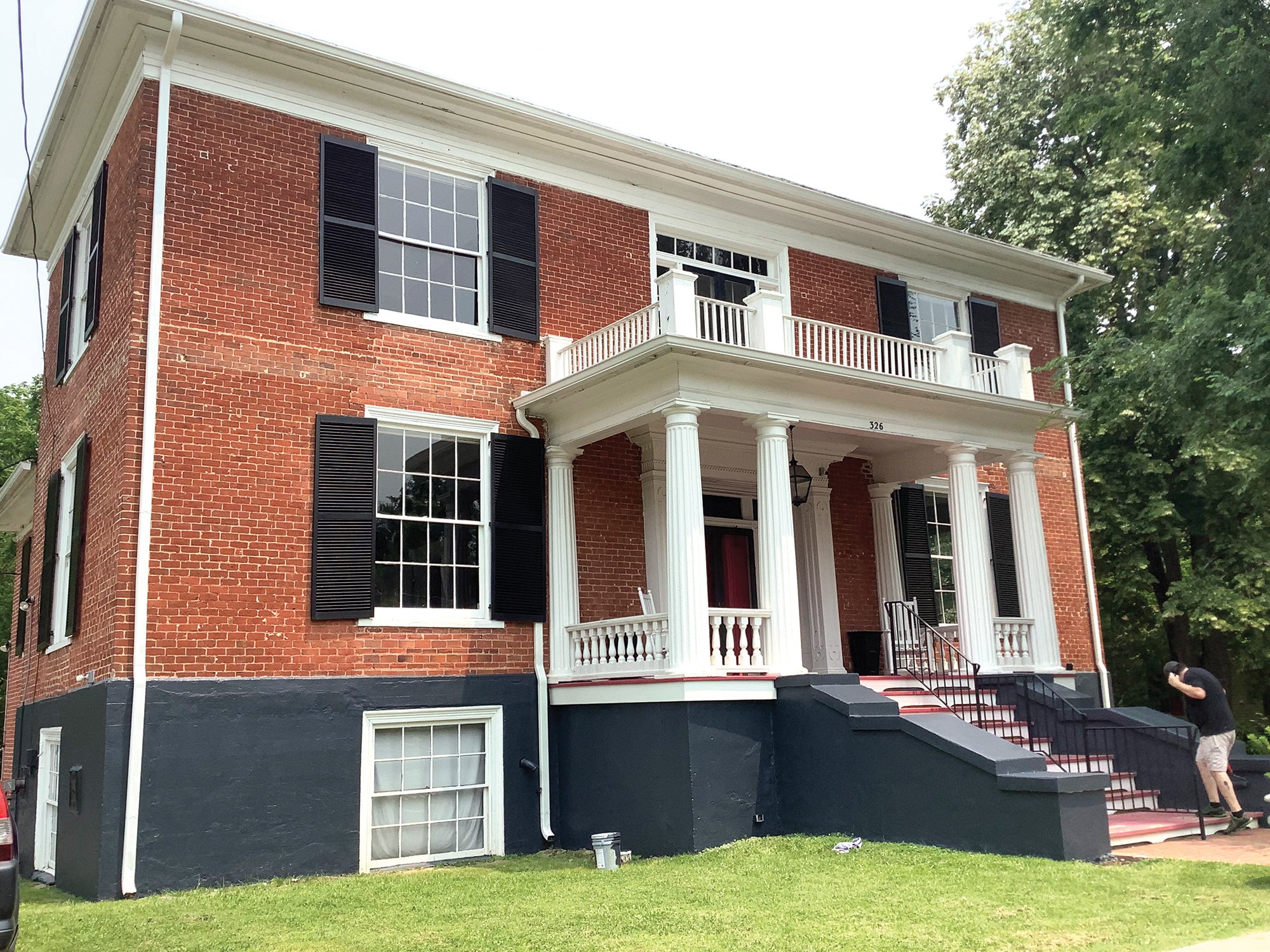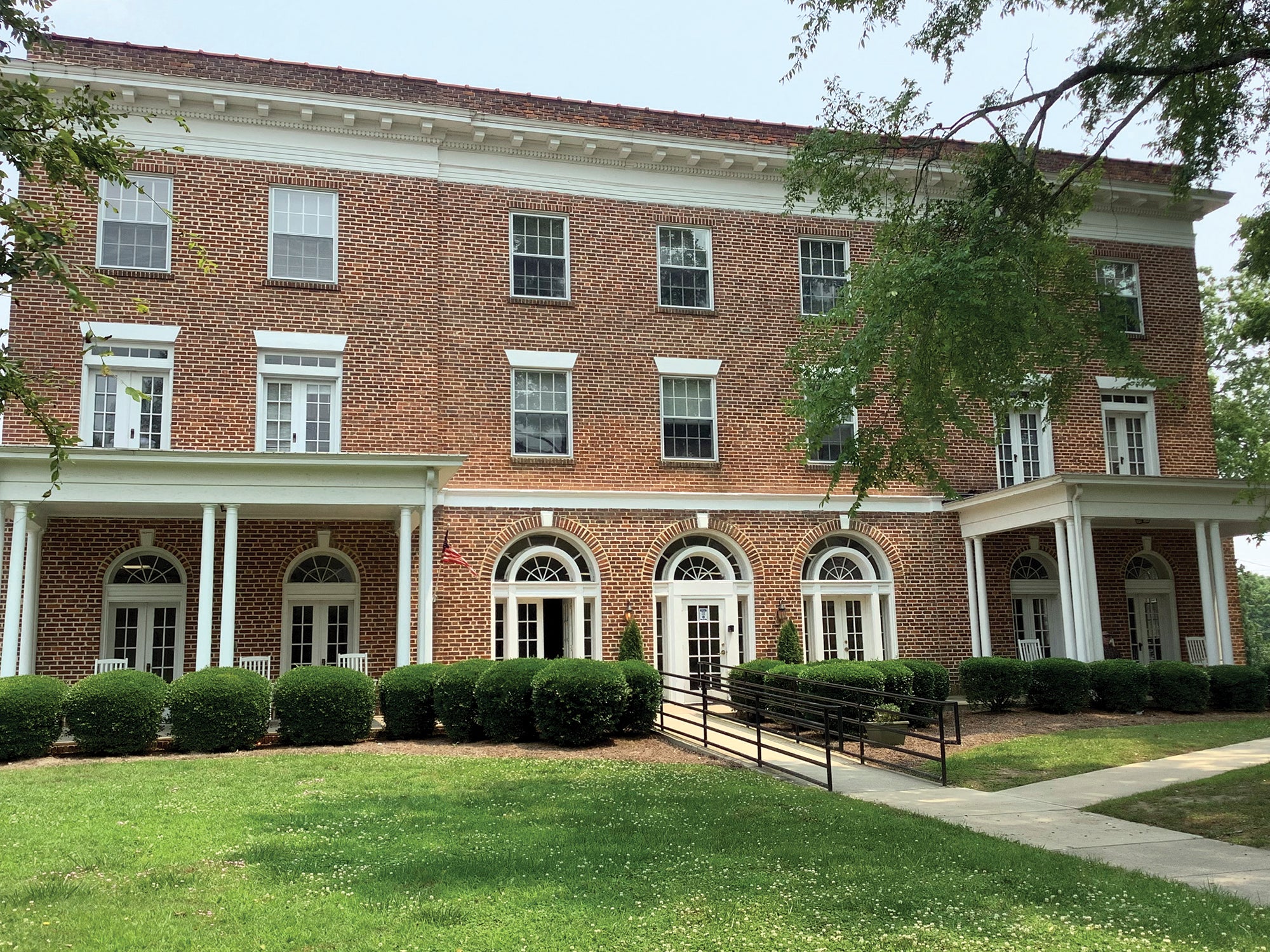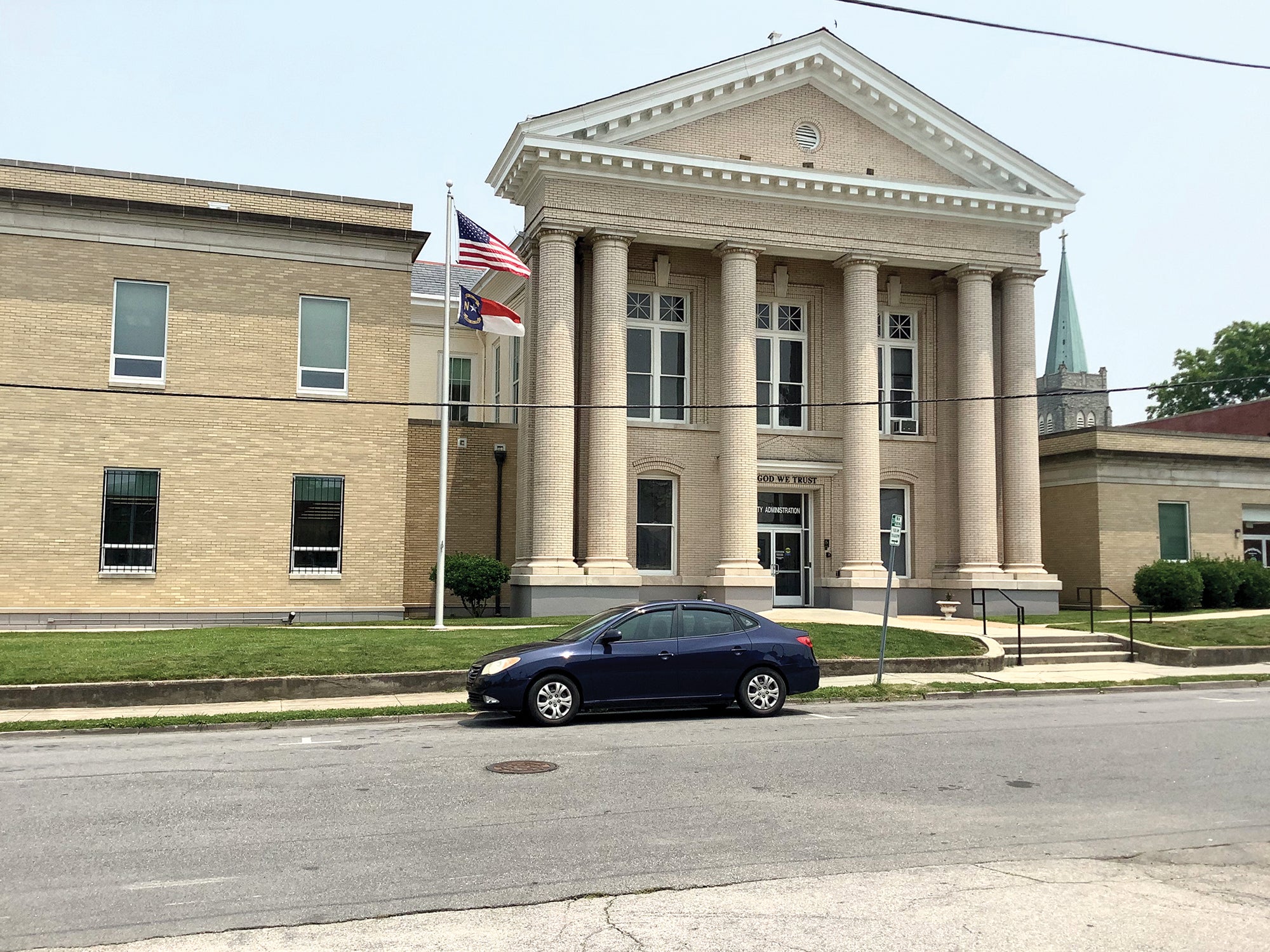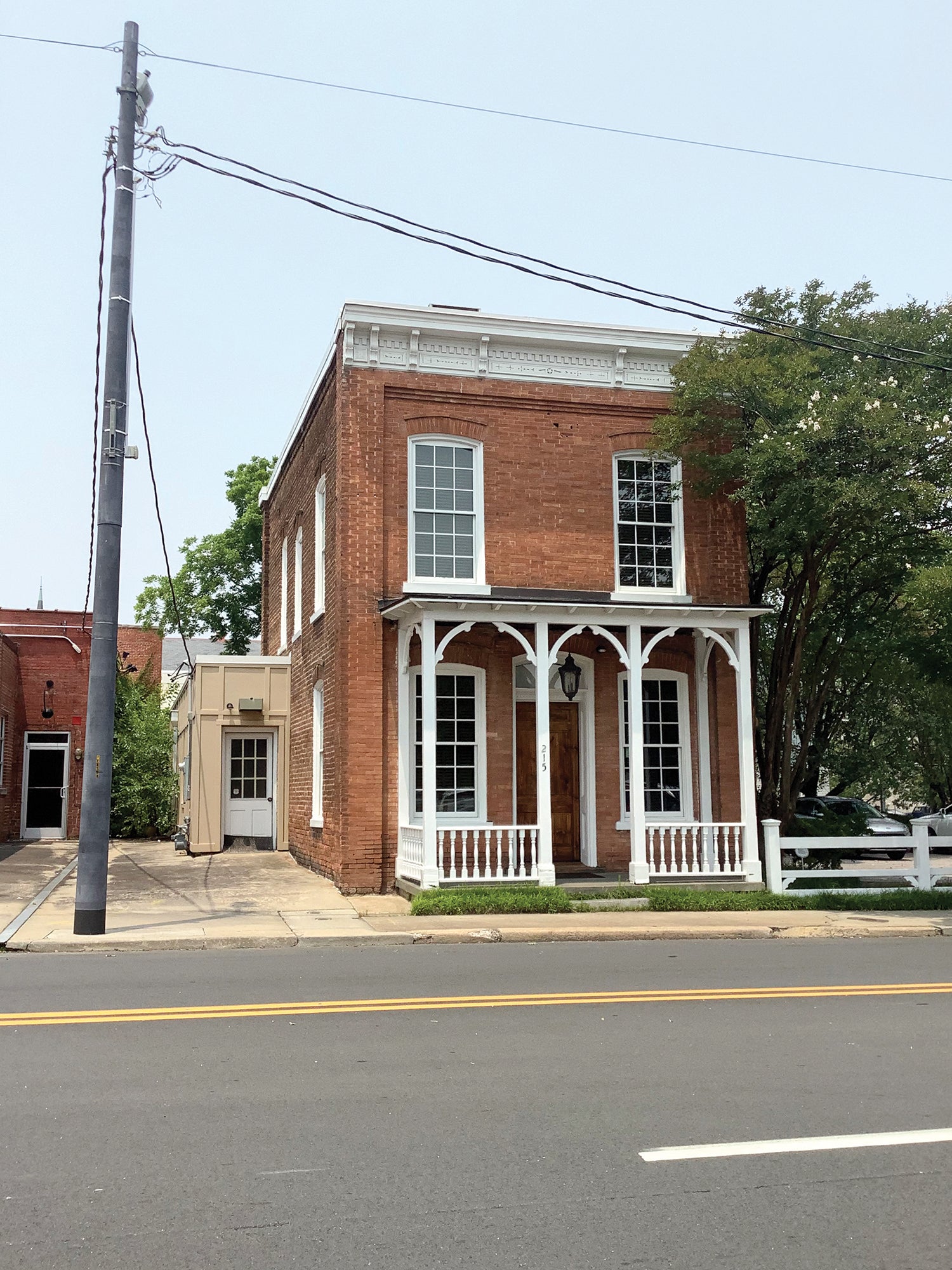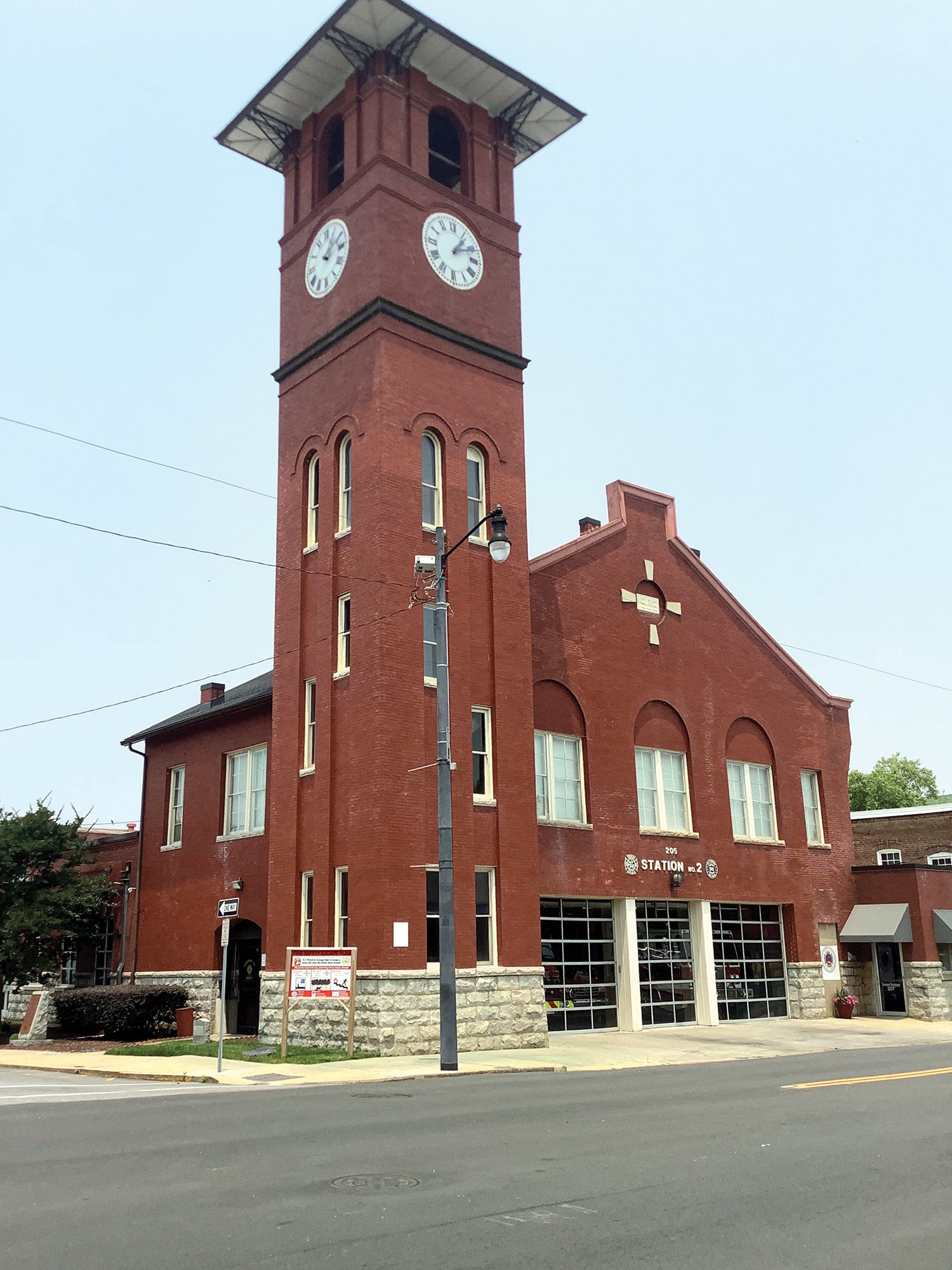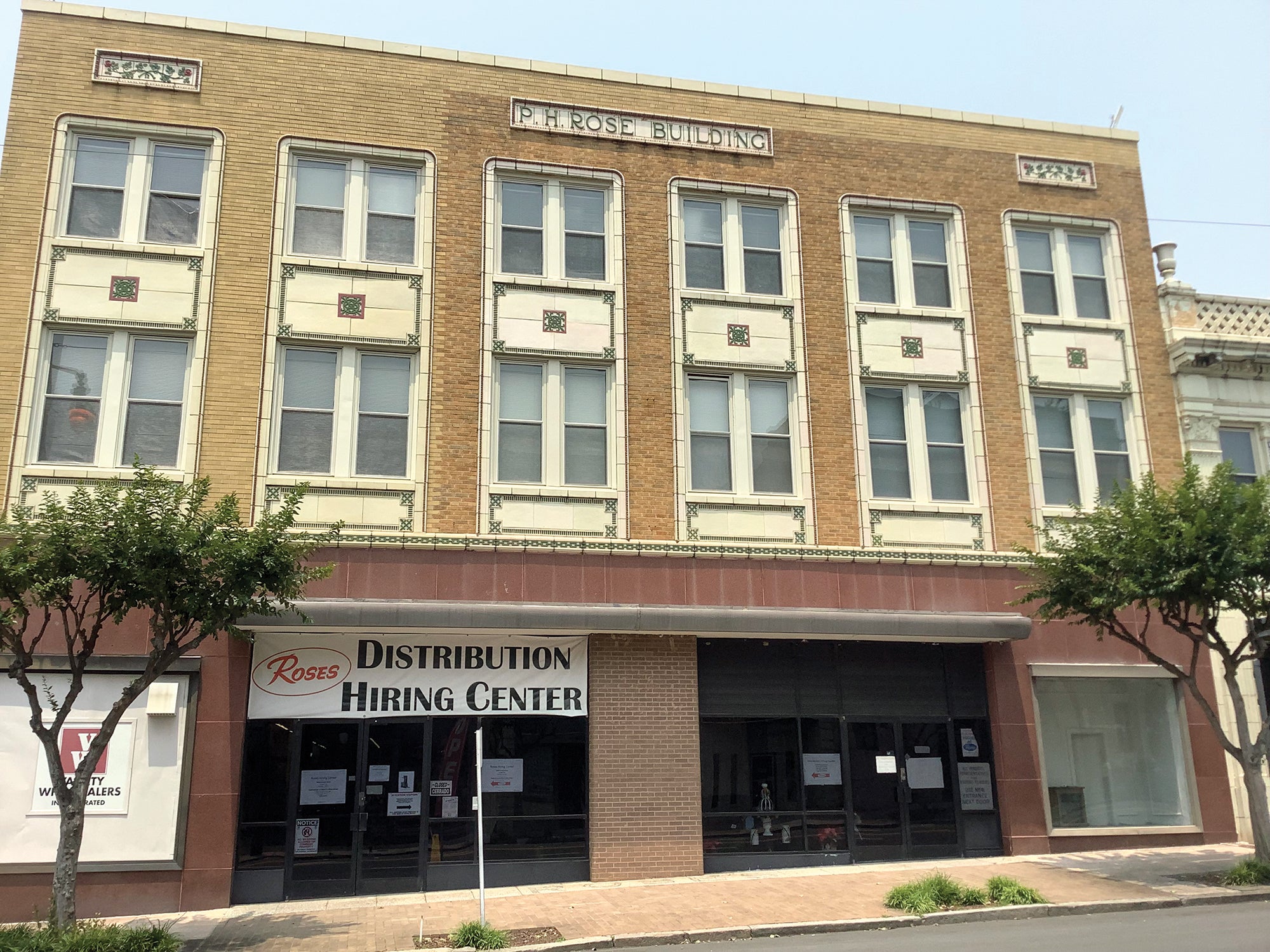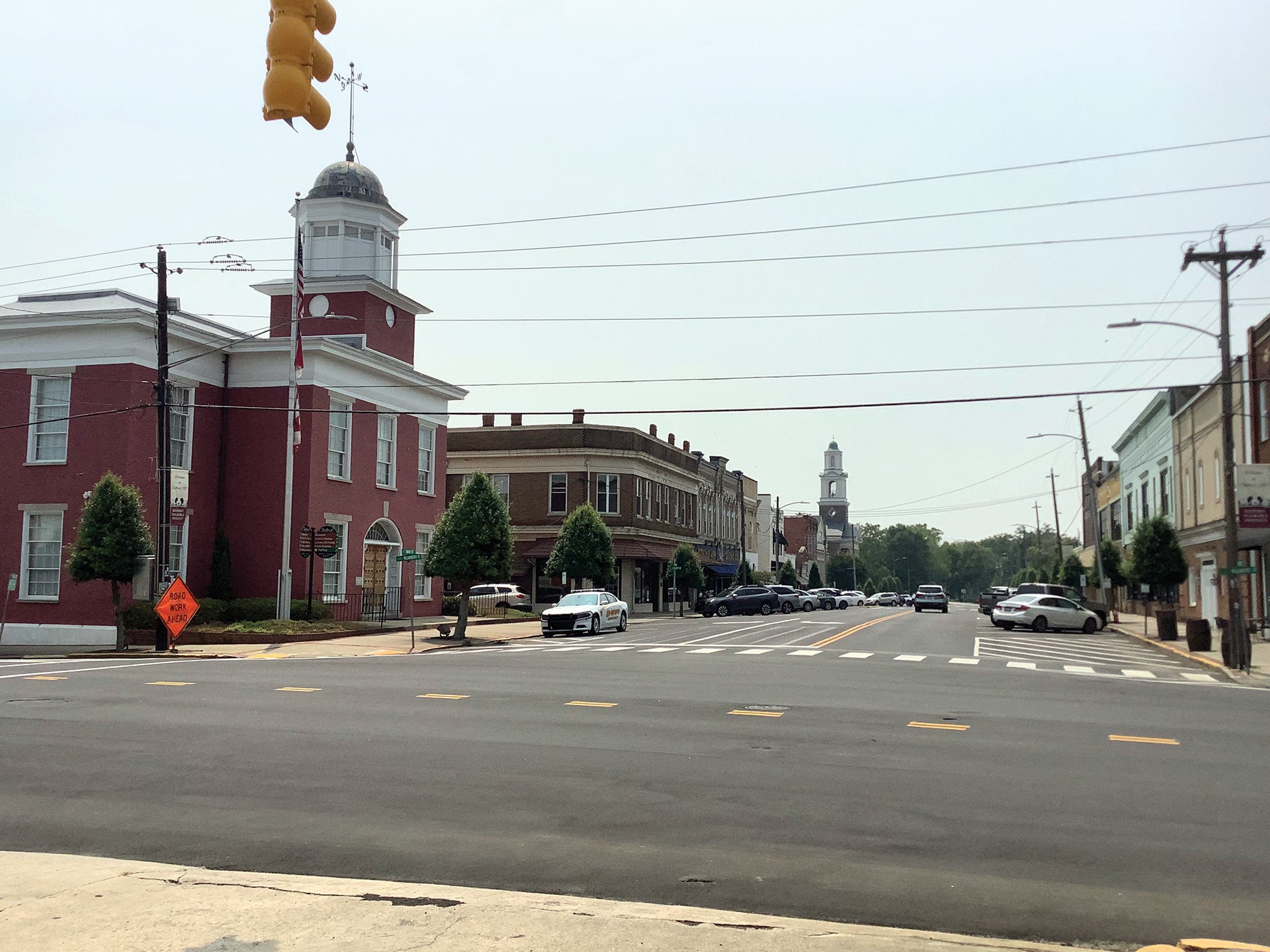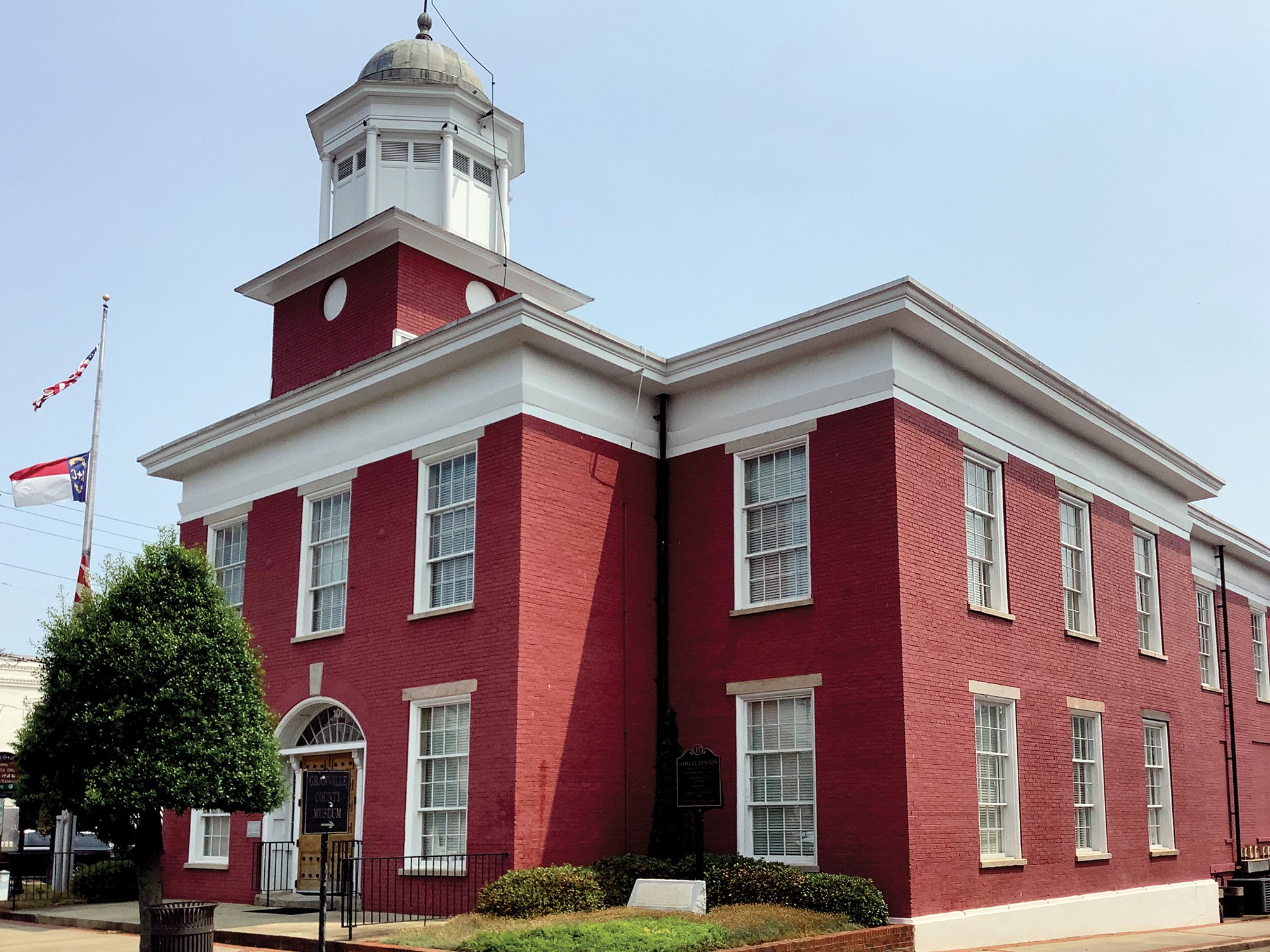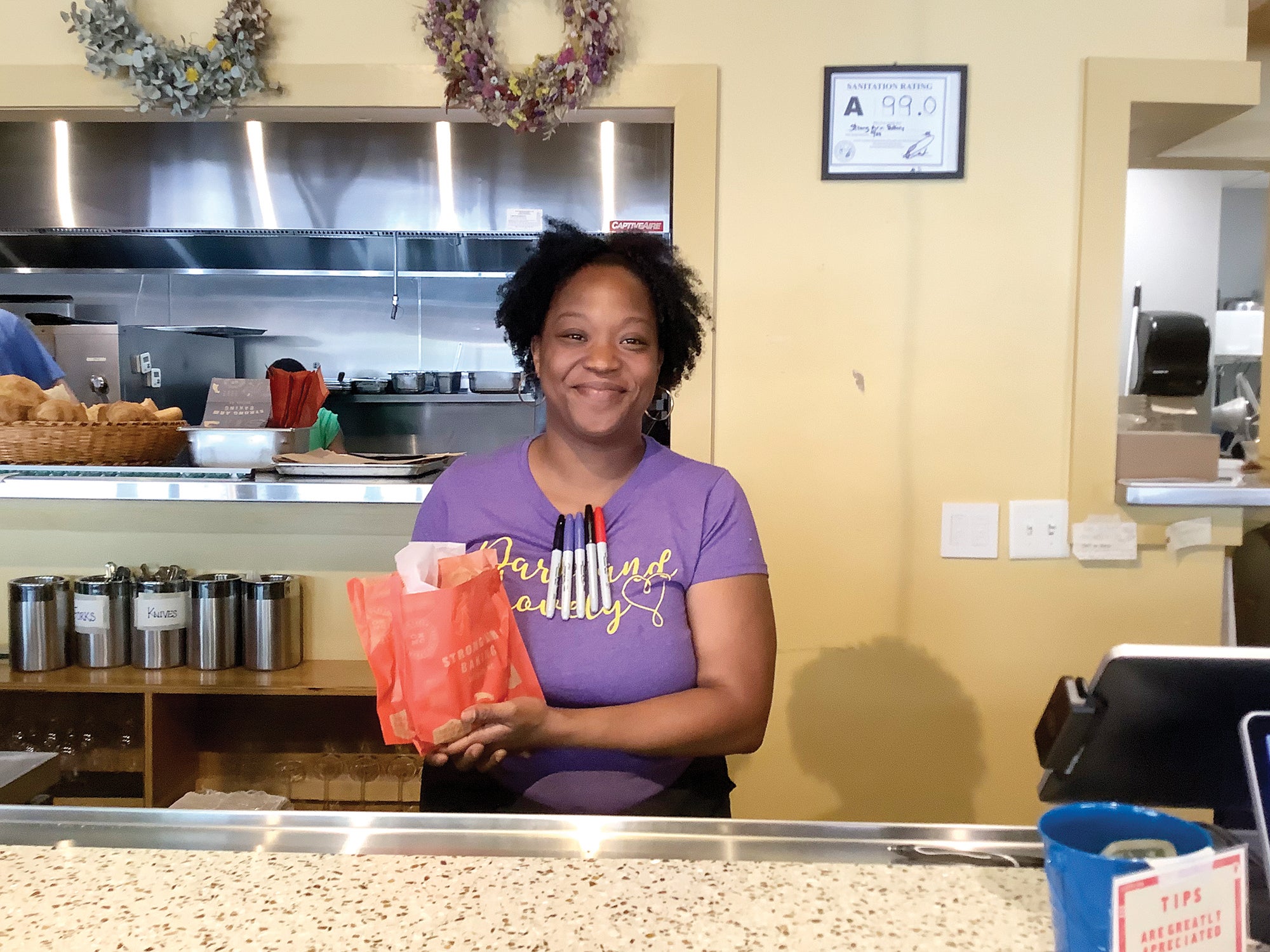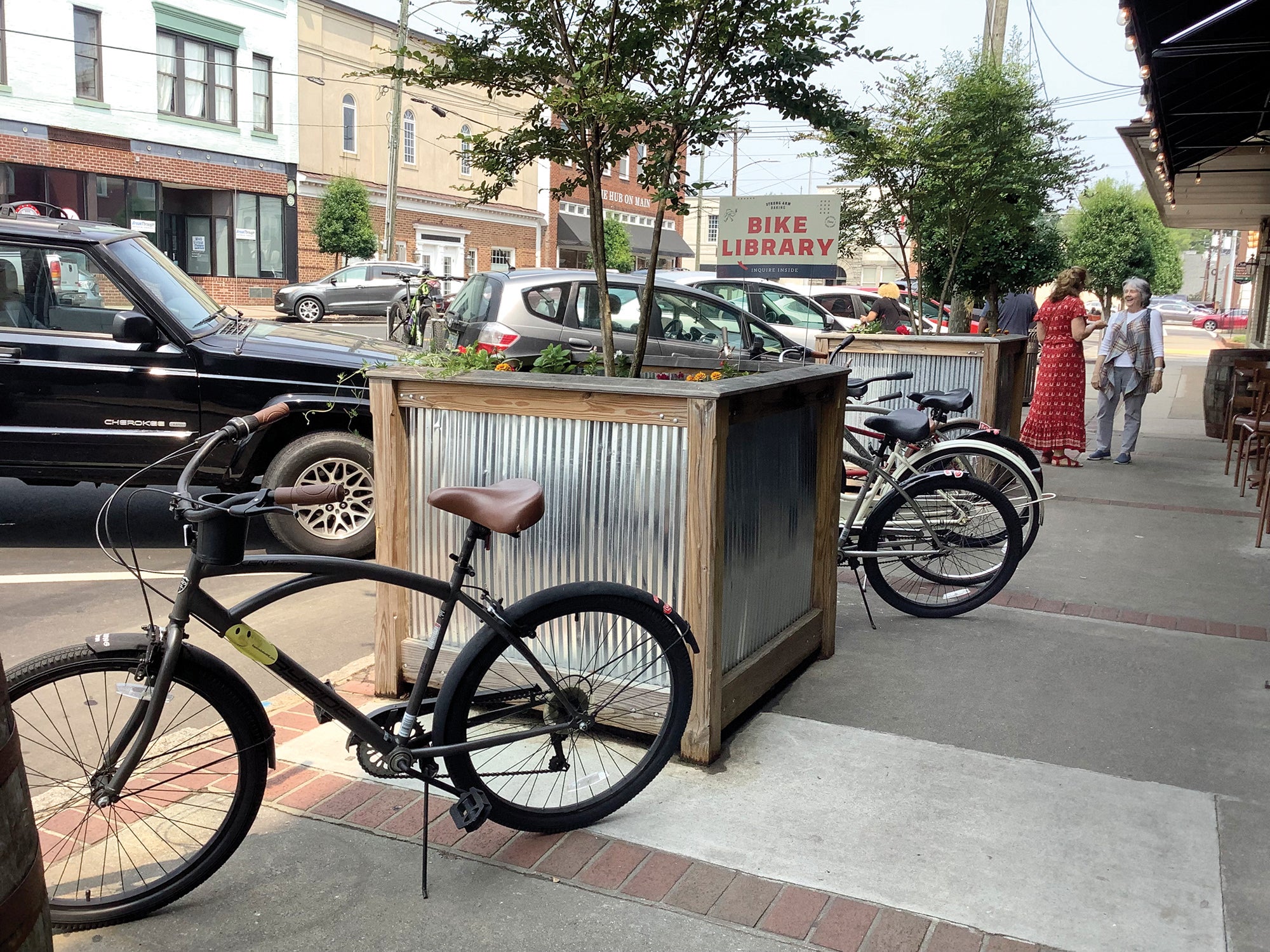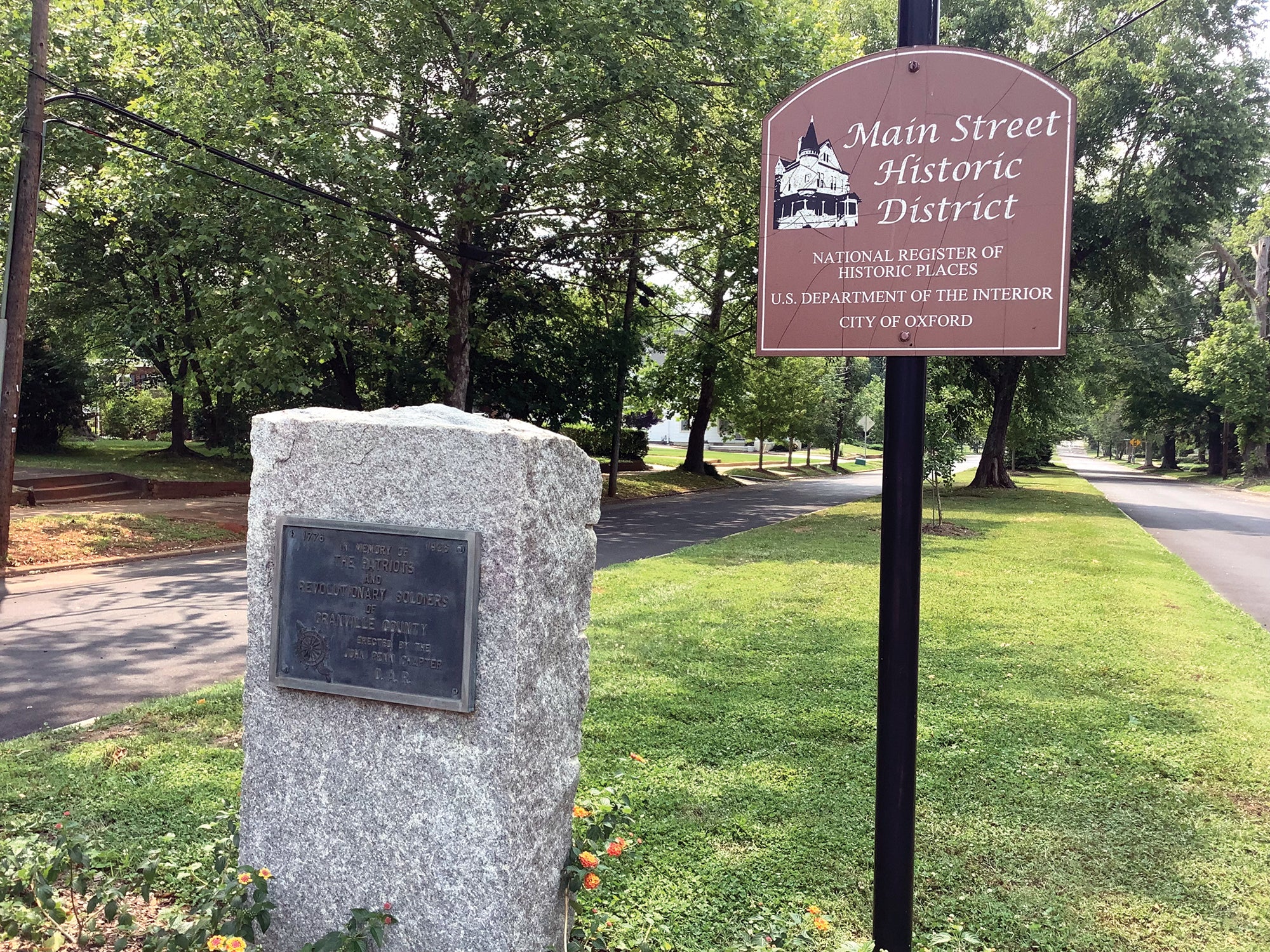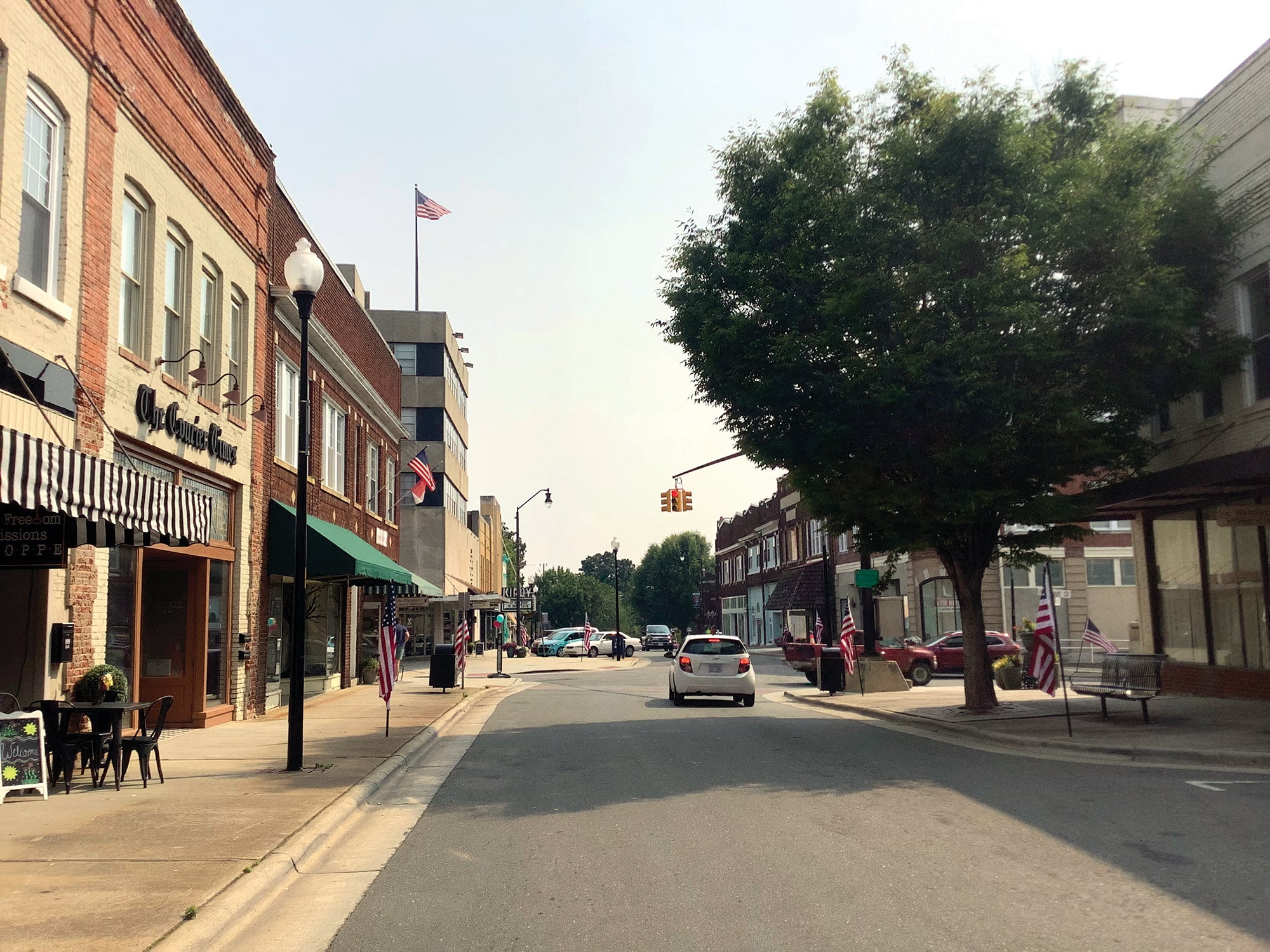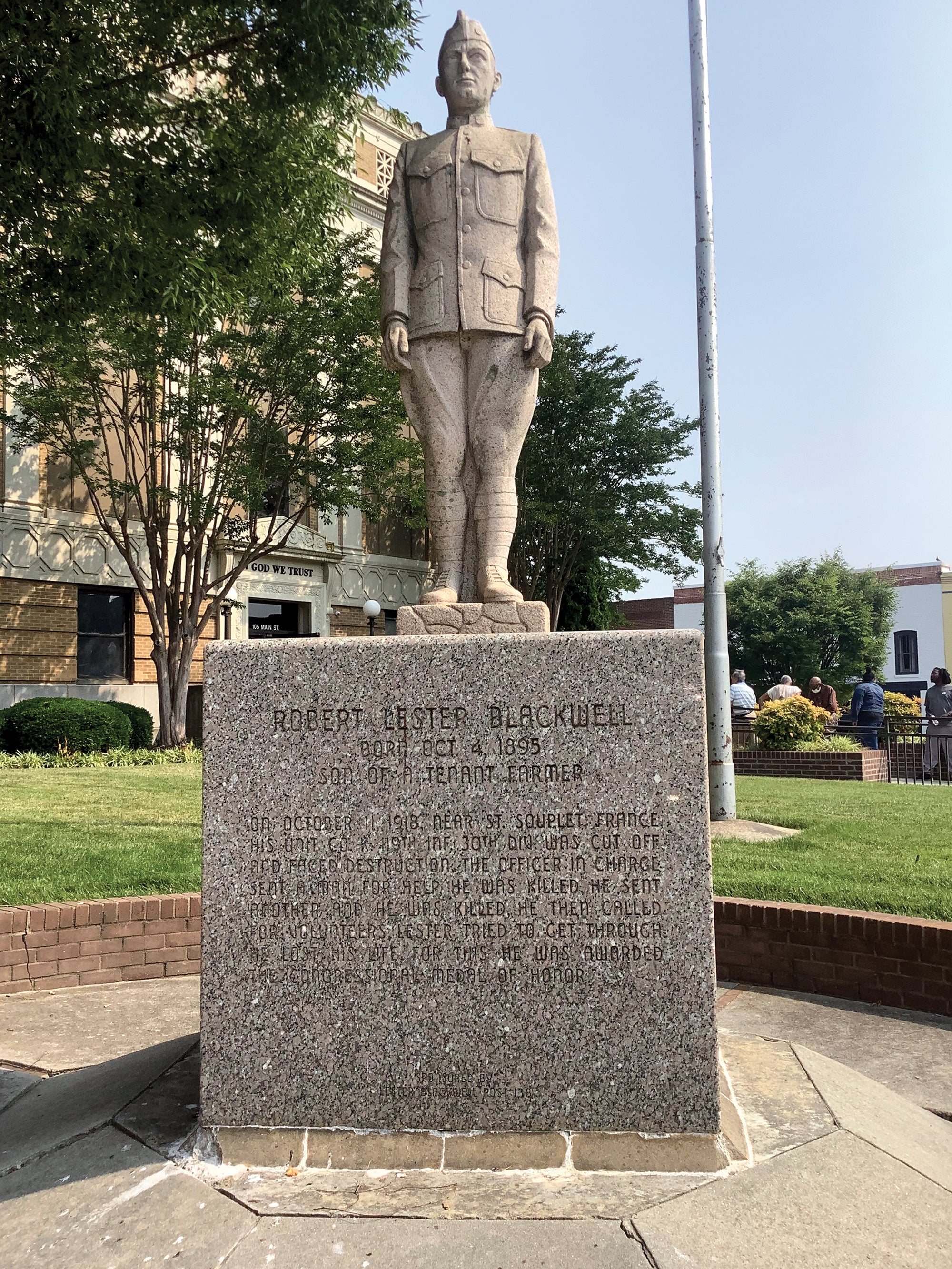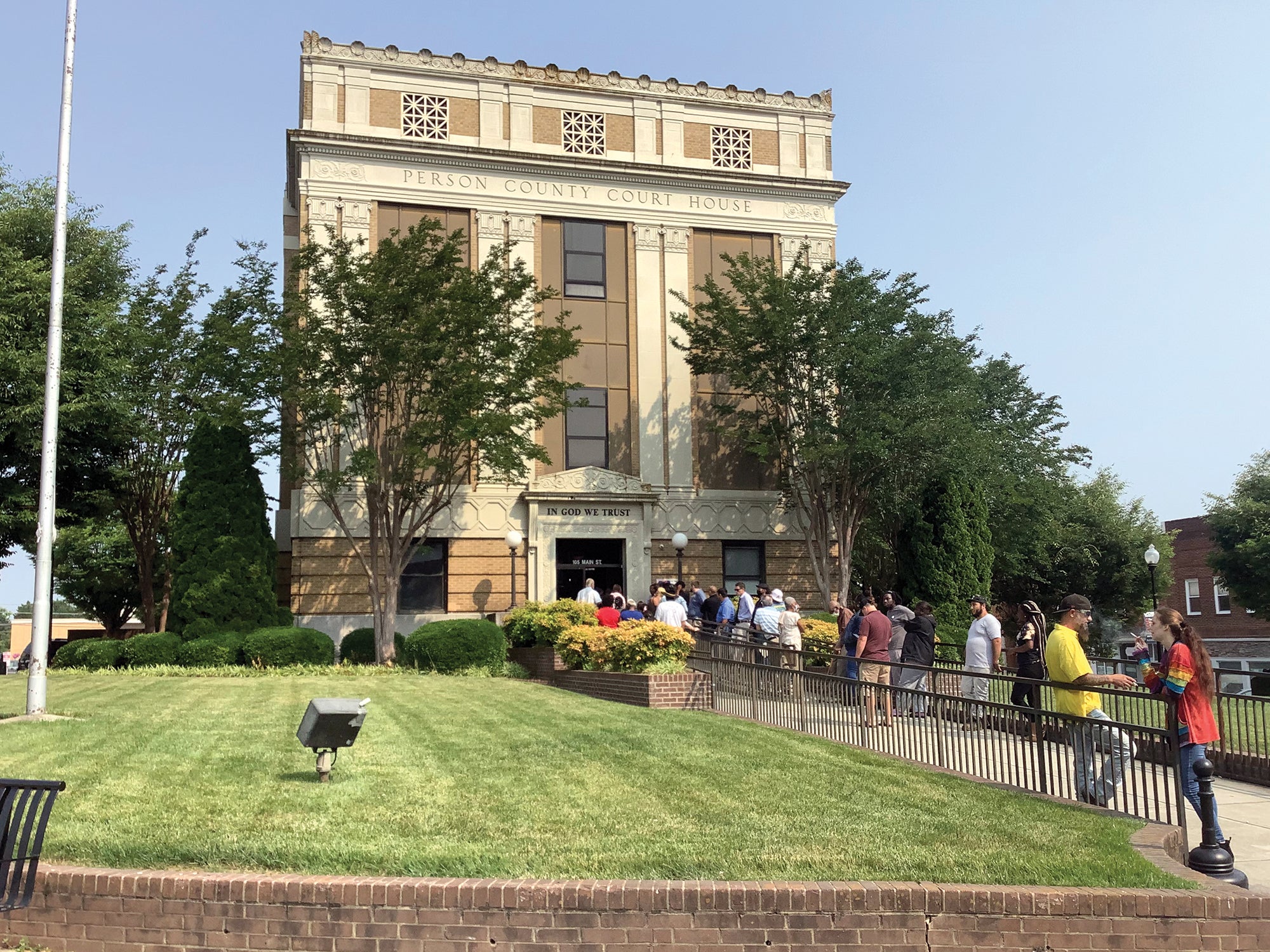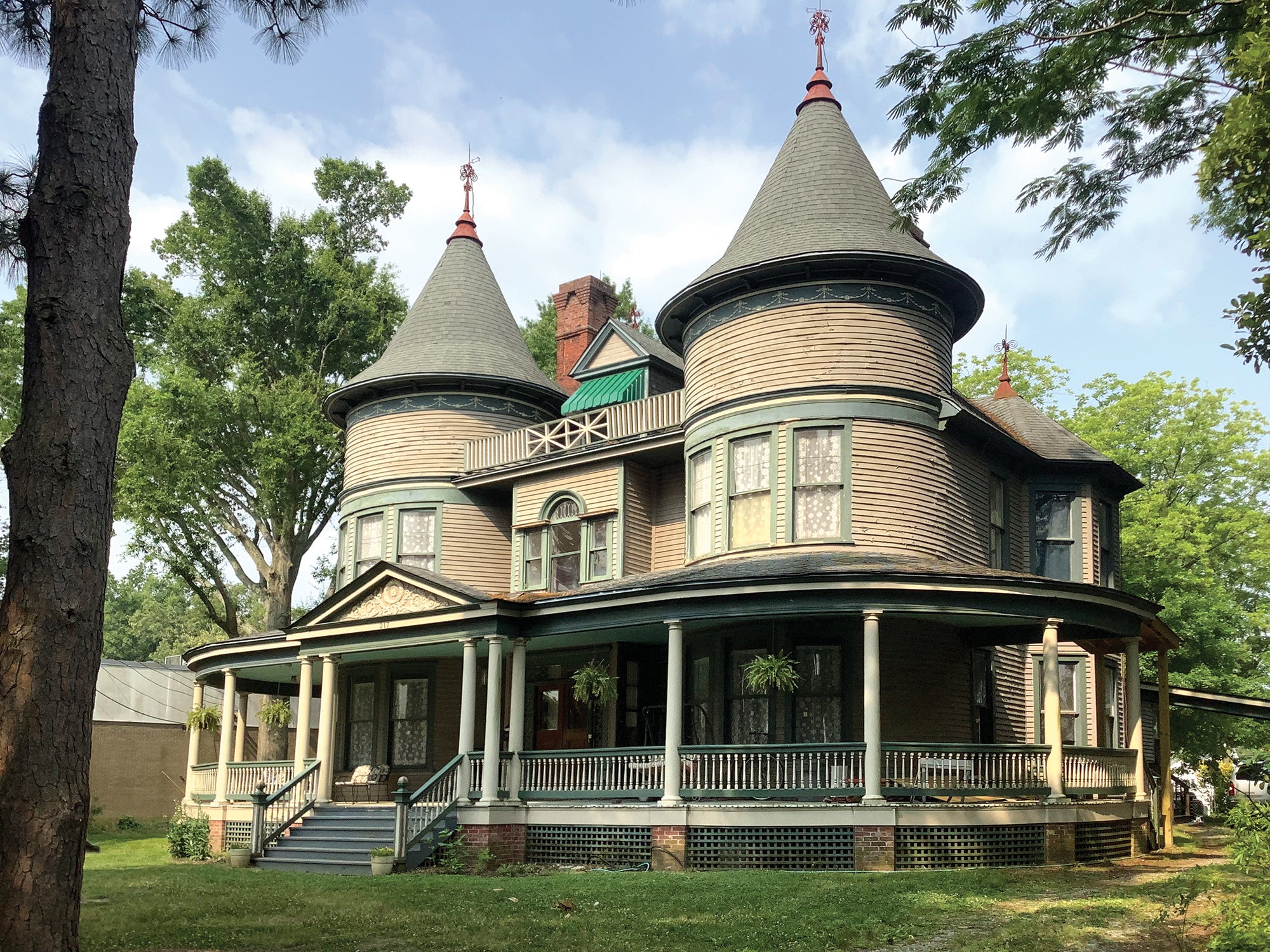DAVID FREEZE COLUMN: Heading east into major history
Published 11:58 am Tuesday, June 20, 2023



















|
Getting your Trinity Audio player ready...
|
Editor’s note: David Freeze is a runner, running coach and long-distance cyclist from China Grove in Rowan County. He is completing a challenge to run a few miles in every county seat in all 100 N.C. counties. Contact him at [email protected].
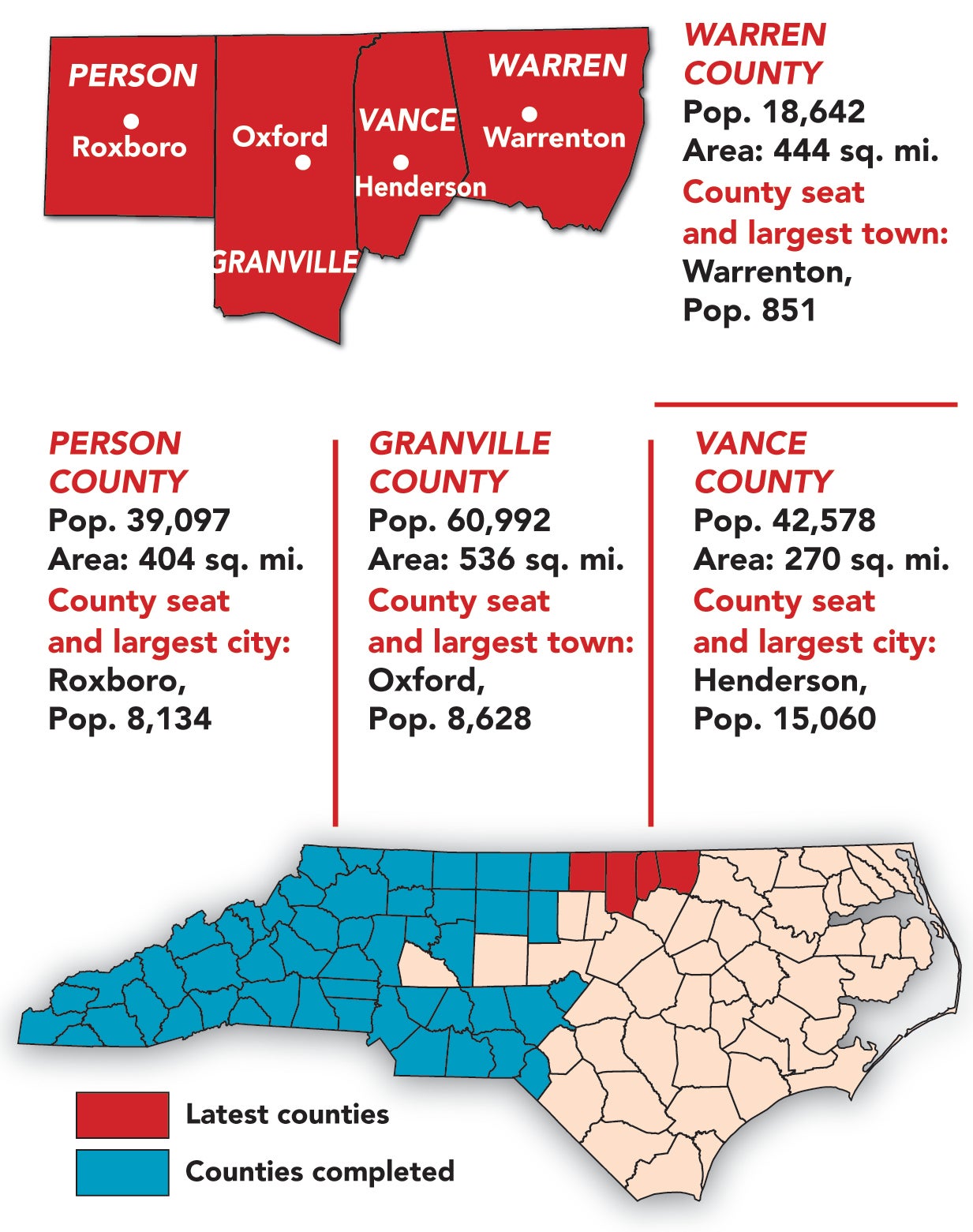
With the western county seats complete, I contemplated an out and back loop in the northeastern part of the state, beginning on June 8.

David Freeze
My first stop was Roxboro, earlier called Moccasin Gap and Roxburgh. The county seat of Person County was incorporated in 1855 and remains the only municipality in the county. The Person County Courthouse, built in 1930 in the center of downtown, had a long line out the front door.
Famous people from Roxboro include old-time baseball player Enos “Country” Slaughter and World War I Medal of Honor winner Robert L. Blackwell.
Blackwell got the award posthumously for volunteering to go for help after two others were killed doing so. Slaughter joined the St. Louis Cardinals in 1938 at age 22 and is now enshrined in the National Baseball Hall of Fame.
Next was Oxford, seat of Granville County, once the home of Indian tribes with the Tuscarora most common. Samuel Benton, the area’s representative to the state assembly, bought 1,000 acres in 1761 and called his home Oxford. Benton gave an acre for the courthouse, but the town was not incorporated until 1816.
Most notable resident John Penn was a landowner elected in 1775 to be a member of the Continental Congress. He was one of North Carolina’s three signers of the Declaration of Independence.
Tobacco became king and until the Civil War, Granville was one of the five counties in the state that had 10,000 slaves. The sandy soil and tobacco’s heyday brought huge growth to Oxford’s merchant district and plenty of grand homes. After two centuries of agricultural growth, no longer is it significant to the town.
A critically acclaimed movie, “Blood Done Sign My Name,” told the story of a racial confrontation that killed Henry Marrow and starred Ricky Schroder. Civil Rights attorney Ben Chavis, nationally known Oxford resident, led the protests.
The Granville County Courthouse was built in 1838. The first Masonic orphanage for children in the United States was built in Oxford. It was originally established as St. John’s College in 1858, ceasing operations shortly after opening.
In 1872 the community decided that the property should be repurposed to educate disadvantaged populations. In December 1873, the first residents were admitted to the Oxford Orphans Asylum, which is today known as the “Masonic Home for Children at Oxford.” The Orpheum movie theatre has survived as an event center.
Hungry as always, I stopped to see Tristane at Strong Arm Bakery. She didn’t have to flex her muscles to get me to buy my second ever whoopie pie, complete with a refreshing strawberry filling and a large oatmeal cookie. They had a bicycle library outside that allows visitors to check out a bike to tour town. Oxford was friendly, very interesting, clean, busy and full of historic architecture.
I then drove to Henderson, the Vance County seat. The first settlers’ residence was built in what is now Henderson in 1785 by Samuel Reavis Sr. Reavis called his farm “Lonesome Valley” which likely described the area at that time. Reavis’ son, Lewis Reavis, opened a store close to the stagecoach road in 1811 when he began to see an influx of settlers and the awakening of a city. In 1835, residents decided to call the city Henderson after Judge Leonard Henderson.
The railroad brought new businesses downtown, but two major fires in 1870 and 1885 destroyed most of the stores. The need for work helped rebuild the downtown quickly, incorporating the use of bricks in the historic area so that many of those stores remain. Tobacco fueled the post-fire economy with five tobacco factories and three warehouses, along with three cotton gins, 20 stores and two newspapers.
I found that Rose’s stores are still alive in this area and maintain several storefronts on Main Street in the historic P.H. Rose Building. Ben E. King, singer and composer of “Stand by Me” was born in Henderson.
I fell in love with Warrenton immediately. The county seat of Warren County was founded in 1779. One of the smallest towns that I will visit, Warrenton was named for Dr. Joseph Warren, a patriot killed at the Battle of Bunker Hill in the Revolutionary War.
About 90% of its buildings, more than 200 in number, are listed on the National Register of Historic Places. Warrenton was considered the richest town in the state from 1840 to 1860 for its cotton and tobacco production. I was just in awe of all the history, especially with so many of the houses and buildings signed with the year of construction and first owner.
Confederate Gen. Braxton Bragg and current NASCAR team owner Rick Hendrick were born in Warrenton. The population of the town has varied little since 1850 and is still within 100 residents of the early figure at about 900. Warrenton was not served directly by railroad until November 1884. Another beautiful old courthouse was built on the site of two previous ones in 1906. Fans of old homes with well-kept yards could walk for hours in Warrenton.
Finally, Warrenton is the “town that owns itself.” The Hotel Warren was finished in 1922 but fell on hard times during the Depression. A restaurant did OK, but the hotel portion was closed. In the 1950s, town residents got together and took a room each to renovate with the hotel able to reopen as apartments. It survives today, having just celebrated its 100th anniversary.
The excitement of the journey grew with each new town. I had 6.14 miles on my feet, then continued east for more. See you soon about those visits.


